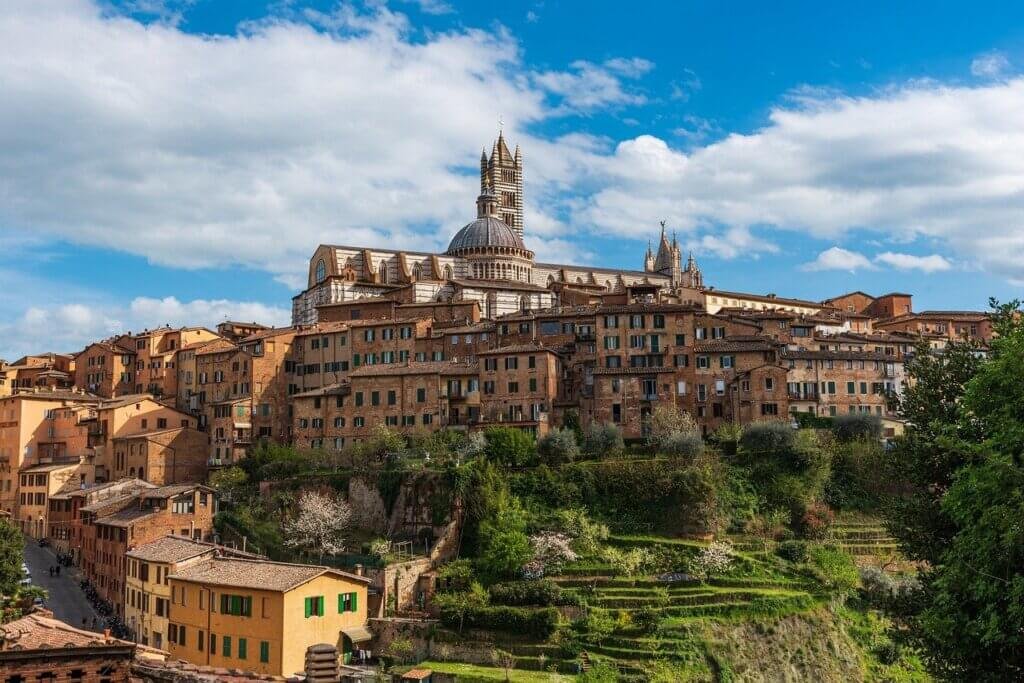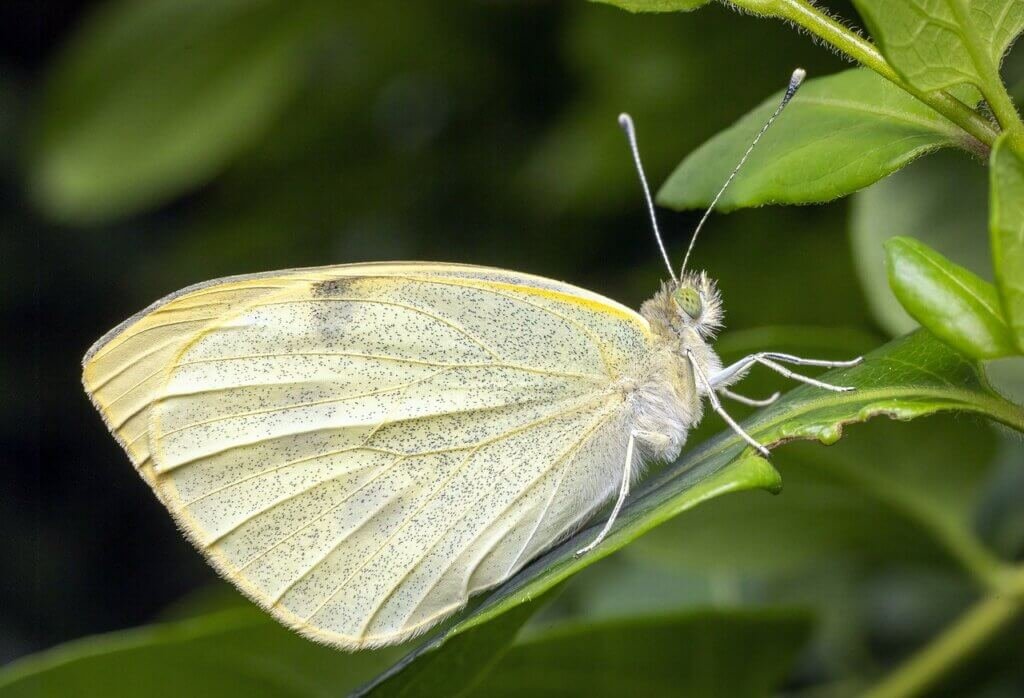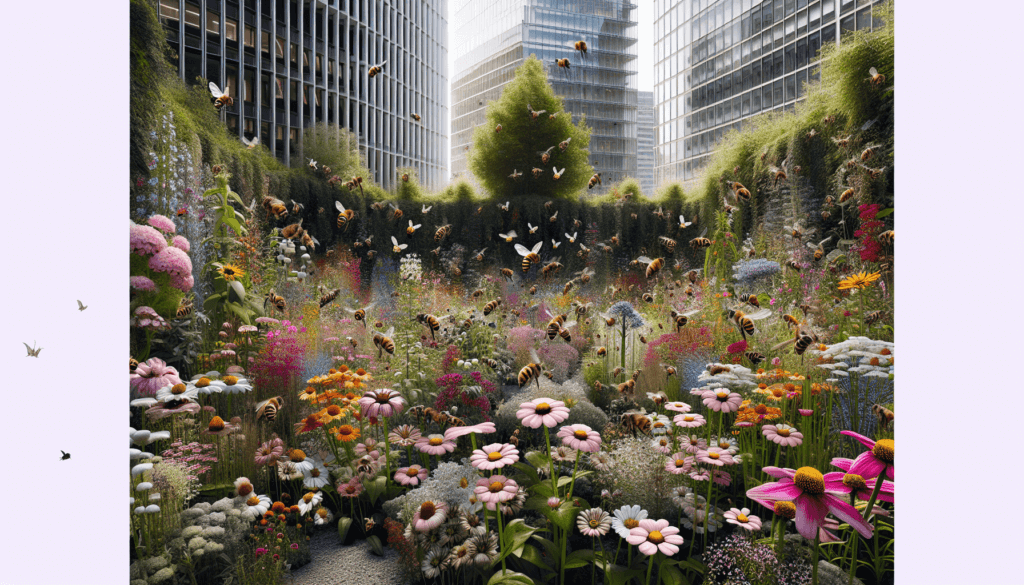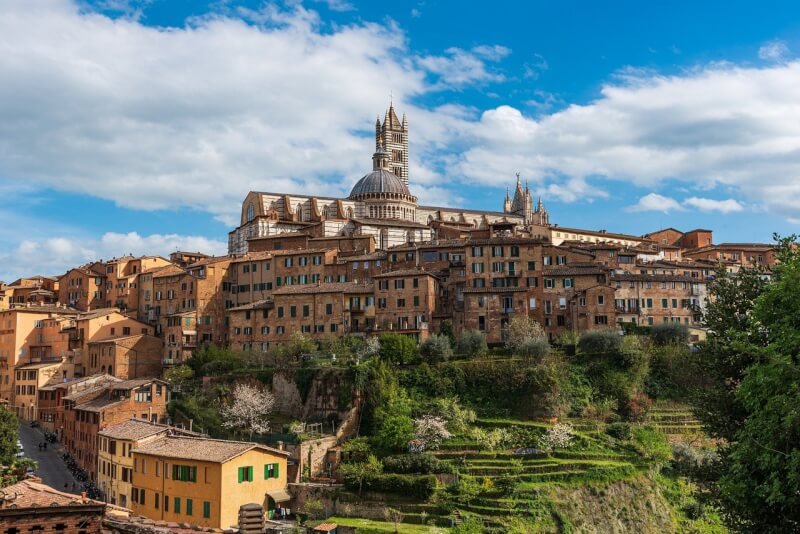If you are passionate about protecting pollinators and want to contribute to their conservation efforts, then this article is for you. In “Designing An Urban Garden For Pollinator Conservation,” we will explore the key elements and strategies to create a thriving urban garden that provides a safe haven for pollinators. Whether you have a small balcony or a larger backyard, this article will guide you in designing a garden that not only beautifies your surroundings but also supports the vital work of bees, butterflies, and other pollinators. Get ready to transform your outdoor space into a vibrant oasis buzzing with life!

Importance of Pollinator Conservation
Pollinators play a crucial role in enhancing biodiversity, sustaining food production, and supporting ecosystem services. By ensuring the continued existence of various pollinator species, we can help maintain a healthy and balanced environment.
Enhancing biodiversity
Pollinators, such as bees, butterflies, and birds, contribute to the diversity of plant species by aiding in their reproduction. As they move from flower to flower in search of nectar, they transfer pollen, allowing plants to produce seeds and fruits. This process not only maintains the genetic diversity of plants but also provides habitats and food sources for other wildlife.
Sustaining food production
Pollinators are vital for the production of many crops that are essential for human consumption. In fact, it is estimated that approximately 75% of global food crops rely to some extent on pollinators. From apples to almonds, without the invaluable work of pollinators, our food supply would be severely impacted.
Supporting ecosystem services
Beyond biodiversity and food production, pollinators also contribute to ecosystem services that benefit both humans and nature. For instance, bees and other insects help with soil fertility through the decomposition of organic matter, while birds assist in seed dispersal. By supporting pollinator populations, we can ensure the continued provision of these important services.
Understanding Pollinators
To effectively design a garden for pollinator conservation, it is essential to have a good understanding of the local pollinators in your area. By identifying the species present and learning about their preferences and population dynamics, you can tailor your garden to meet their specific needs.
Identifying local pollinators
Begin by observing the pollinators that visit your garden or nearby green spaces. Take note of the different species and try to identify them using field guides or online resources. By becoming familiar with the pollinators in your area, you can better understand their behaviors and how to attract them to your garden.
Learning about their preferences
Different pollinators have specific preferences when it comes to the types of flowers they visit for nectar and pollen. Research the specific flower colors, shapes, and scents that attract the pollinators you have identified. By including a variety of plants that cater to different species, you can create a more appealing environment for them.
Assessing population dynamics
Monitoring the population dynamics of pollinators is crucial to understand their reproduction and migration patterns. This can be done through citizen science projects or by consulting local experts. By gathering information about population sizes and trends, you can make informed decisions in designing your garden to support their conservation.
Garden Design Basics
Creating a garden that promotes pollinator conservation requires careful consideration of various design elements. From choosing the right location to understanding soil and sunlight requirements, these basics will help set the foundation for a successful pollinator-friendly garden.
Choosing the right location
When selecting a location for your garden, look for an area that receives ample sunlight and has well-drained soil. Most pollinators thrive in sunny environments, so choosing a spot that provides at least six hours of direct sunlight each day is ideal. Additionally, ensuring the soil drains well will prevent waterlogging, which can be harmful to both plants and pollinators.
Understanding soil and sunlight requirements
Different plants have varying soil and sunlight requirements. Some prefer well-drained soil, while others may thrive in moist or sandy soil. Research the specific needs of the plants you wish to include in your garden and ensure that the location you choose can meet those requirements. Additionally, consider the shade patterns throughout the day to determine if certain areas of your garden will receive less sunlight than others.
Mapping out garden spaces
Before planting, it is important to map out different spaces in your garden to accommodate a variety of plant species. This can include areas for perennial plants, annual flowers, and shrubs. By creating diversity in your garden, you can provide a range of habitats and food sources for different pollinators throughout the year.
Plant Selection
Choosing the right plants is crucial for attracting and supporting pollinators in your garden. By incorporating native plants, ensuring flowering plants are available throughout the year, and promoting diversity in plant species, you can create an inviting environment for various pollinator species.
Native plants for pollinators
Native plants have evolved alongside local pollinators and typically provide them with the most suitable food sources and habitats. Research the native plant species in your area and choose those that are most attractive to your identified pollinators. By incorporating these native plants, you can provide essential resources for the local pollinator population.
Flowering plants for every season
To ensure a steady supply of nectar and pollen throughout the year, select flowering plants that bloom at different times. This can be achieved by including early bloomers, mid-season flowers, and late bloomers in your garden. By providing a consistent food source, you can support a diverse group of pollinators throughout the changing seasons.
Diversity in plant species
Including a variety of plant species in your garden is important for attracting and supporting different pollinators. Each species of pollinator may have unique preferences for certain plants, so by providing a diverse range of options, you increase the chances of attracting a wide array of pollinators. Aim for a mix of flowers, herbs, and shrubs to create a rich and varied habitat.

Providing Nesting Sites
In addition to food sources, pollinators also require suitable nesting sites to complete their life cycles. By creating habitats for different species, you can support their reproduction and overall population growth.
Building bee hotels
Solitary bees, such as mason bees and leafcutter bees, do not live in hives but rather nest in cavities such as hollow stems or holes in wood. Building bee hotels, which consist of wooden blocks or bamboo tubes, can provide these bees with suitable nesting sites. By positioning them in a sunny location and protecting them from rain, you can enhance nesting opportunities for these important pollinators.
Creating habitat for butterflies
Butterflies often lay their eggs on specific plants that serve as food sources for their caterpillars. By including host plants in your garden, such as milkweed for monarch butterflies, you can provide suitable habitats for butterfly reproduction. Additionally, including larval host plants along with nectar-rich flowers will attract a greater variety of butterfly species to your garden.
Designing nesting grounds for solitary bees
Solitary bees, like mason bees and mining bees, often nest in the ground. Creating suitable nesting grounds for these bees can be as simple as leaving bare patches of soil or incorporating small mounds with loose soil. By providing these nesting areas, you can support the reproductive cycles of solitary bees and contribute to their population growth.
Water Sources
Having a reliable water source is crucial for pollinators, especially during hot and dry periods. By incorporating different water features in your garden, you can provide vital hydration for these important creatures.
Building a small pond or water feature
A small pond or water feature can not only serve as a decorative element in your garden but also provide a water source for pollinators. By including shallow areas with pebbles or rocks, you can create safe landing spots for insects to access the water. Just ensure that the water feature is well-maintained and free of chemicals that could harm the pollinators.
Installing bird baths or shallow dishes
Bird baths or shallow dishes filled with fresh water can provide drinking opportunities for both birds and pollinators. Place them in shady areas to prevent the water from overheating and regularly clean and refill them to ensure accessibility and safety.
Ensuring accessibility and safety
To ensure the accessibility and safety of the water sources, it is important to provide shallow areas for insects to land and access the water. Additionally, avoid using pesticides or insecticides near the water features, as these can contaminate the water and harm the pollinators.

Reducing Pesticide Use
The use of pesticides can have detrimental effects on pollinators and the overall health of your garden. By reducing or eliminating the use of harmful chemicals, you can create a safe and welcoming environment for pollinators.
Choosing organic pest control methods
Rather than relying on chemical pesticides, choose organic pest control methods. This can include using natural predators, such as ladybugs and lacewings, to control insect populations, or employing organic insecticidal soaps and oils to combat pests. These methods target pests without harming beneficial insects like pollinators.
Integrated Pest Management approach
Adopting an Integrated Pest Management (IPM) approach can help minimize the need for pesticides in your garden. IPM focuses on strategies such as pest identification, monitoring, and prevention, allowing you to take action only when necessary. By implementing IPM practices, you can reduce pesticide use while still effectively managing garden pests.
Avoiding harmful chemicals
When choosing products for your garden, be sure to read labels and avoid using chemicals that are harmful to pollinators. These can include systemic pesticides, which are taken up by plants and can be present in pollen and nectar. Opt for organic or eco-friendly alternatives that are safe for pollinators and the environment.
Maintenance and Management
Proper maintenance and management of your garden are essential for the health of your plants and the pollinators that rely on them. By implementing good pruning and weeding practices, effectively managing garden pests, and monitoring plant health, you can ensure the longevity and success of your pollinator-friendly garden.
Pruning and weeding practices
Regular pruning and weeding help maintain the health and vitality of your plants while reducing competition for resources. Remove dead or diseased plant materials to prevent the spread of pests and diseases. Additionally, weed regularly to prevent invasive plants from outcompeting your desired pollinator-friendly species.
Managing garden pests
Garden pests can damage plants and disrupt the delicate balance of your garden ecosystem. Use integrated pest management techniques to manage pests effectively without harming pollinators. This can include physical barriers, companion planting, and natural predators. Regular monitoring of pest populations will also help you take swift action when necessary.
Monitoring plant health
Regularly monitor the health of your plants to detect any signs of disease, nutrient deficiencies, or other issues. Address these problems promptly to prevent the spread of diseases or the decline of plant health. Healthy plants are more likely to attract and support pollinators, so maintaining their well-being is crucial.

Engaging the Community
To maximize the impact of your efforts in pollinator conservation, consider engaging the community in your garden project. By hosting educational events and workshops, involving local schools and organizations, and sharing resources and knowledge, you can inspire others to take action and create their own pollinator-friendly spaces.
Educational events and workshops
Organize educational events and workshops to raise awareness about the importance of pollinator conservation. Invite local experts to share their knowledge and offer practical tips and advice on designing pollinator-friendly gardens. These events can inspire participants to implement similar practices and make a positive impact in their own communities.
Involving local schools and organizations
Collaborate with local schools and organizations to create pollinator-themed projects and activities. This can include school gardens, art installations, or citizen science projects. By involving educational institutions and community groups, you can reach a wider audience and foster a sense of environmental stewardship among future generations.
Sharing resources and knowledge
Share your experiences and knowledge with others through online platforms, community forums, or local gardening clubs. By providing resources such as plant lists, design tips, and success stories, you can empower others to embark on their own pollinator conservation journeys. Collaboration and knowledge-sharing are key to building a stronger network of pollinator advocates.
Monitoring and Evaluation
Regularly monitoring and evaluating the impact of your pollinator conservation efforts is important to track progress and make informed decisions for future garden improvements. By tracking pollinator visits, assessing plant growth and performance, and evaluating the impact on local pollinator populations, you can continuously improve your garden’s ability to support pollinators.
Tracking pollinator visits
Observe and record the pollinators that visit your garden. Take note of their frequency, diversity, and behaviors. This information will help you track changes over time and evaluate the success of your garden design in attracting and supporting pollinators.
Assessing plant growth and performance
Regularly assess the growth and performance of your plants. Monitor their health, assess flowering patterns, and take note of any changes or issues. By evaluating plant growth, you can identify potential factors impacting pollinator attraction and make necessary adjustments to optimize your garden’s effectiveness.
Evaluating impact on local pollinator populations
Consult local experts or citizen science projects to gather data on pollinator populations in your area. Compare this information with your observations to evaluate the impact your garden is having on the local pollinator community. Understanding the larger-scale impact of your efforts will motivate you to continue your conservation initiatives and inspire others to join in the cause.
In conclusion, designing an urban garden for pollinator conservation is a rewarding and impactful endeavor. By enhancing biodiversity, sustaining food production, and supporting essential ecosystem services, pollinators play a critical role in maintaining a healthy and balanced environment. Understanding pollinators, selecting the right plants, providing nesting sites and water sources, reducing pesticide use, and engaging the community are key steps in creating a pollinator-friendly garden. With proper maintenance, management, and ongoing monitoring and evaluation, your garden can make a significant contribution to the conservation of local pollinator populations. Start designing your urban garden for pollinator conservation today and make a positive difference for these important creatures.



